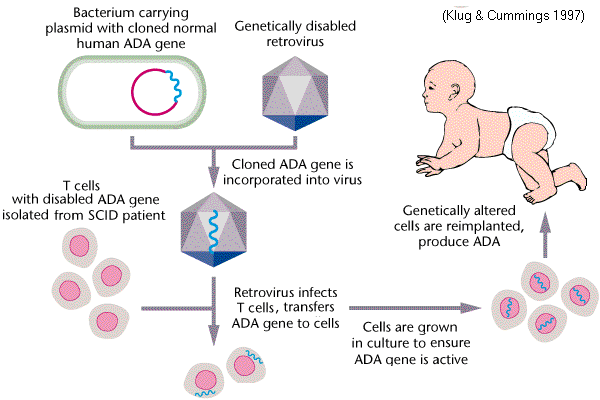Yesterday night before sleeping, I saw a movie titled “Everything Everything”. I must confess that for the year 2018, the movie has been the most interesting I have seen because of the picture quality, arrangement of plot, setting, message and the level of beauty that the lead actor (Madeline) possessed. The movie was so educating that I learnt about a new disease called “Severe Combined Immunodeficiency (SCID)”.
In the movie, I discovered that most patients of this disease die before attaining the age of five and for Madeline to survive, she had been living indoor all her life for 18 years and must not step outside if she doesn’t want to come in contact with harmful substances or viruses which will reach for her weak immune system and after sometime, she falls ill and might die in the process.
At the end of the movie, the girl realized she had no SCID but her mother had been lying to her all these while because she was scared of losing her just like she lost her husband and son. After watching the movie, I decided to make more research on SCID as I became more interested in knowing about it than the movie itself and it will only be fair for me to share with my fellow steemians what I was able to discover at the long run.
Severe Combined Immunodeficiency (SCID)
Severe Combined Immunodeficiency (SCID) is a very rare genetic disorder which is characterized by the disturbed development of functional T cells and B cells caused by numerous genetic mutations that result in heterogeneous clinical presentations. The disease is also known as alymphocytosis, severe mixed immunodeficiency syndrome and thymic alymphoplasia.
SCID involves defective antibody response due to either direct involvement with B lymphocytes or through improper B lymphocyte activation due to non-functional T-helper cells. Consequently, both the B cells and T cells of the immune system are impaired due to a defect in one of several possible genes. SCID is the most severe form of primary immunodeficiencies and there are now at least nine different known genes in which mutations lead to a form of SCID.
The saddening part is, SCID victims are extremely vulnerable to infectious diseases because the immune systems of these victims are highly compromised and weak that it is considered almost absent. Patients of SCID are easily affected by bacteria, and other viral early in life. These babies if untreated usually die within one year due to severe and recurrent infections unless they have undergone successful hematopoietic stem cell transplantation.
Categories of SCID
There are eight (8) different categories of SCID and they include:
- X-linked severe combined immunodeficiency
- Adenosine Deaminase deficiency
- Purine nucleoside phosphorylase deficiency
- Reticular Dysgenesis
- Omen syndrome
- Bare lymphocyte syndrome
- JAK3
- Artemis/DCLRE1C
SCID is usually not diagnosed until about 6 months of age which is indicated by recurrent infections. The delay in detection is because newborn carry their mother’s antibodies for the first few weeks of life and SCID babies look normal.
Symptoms
- Chronic coughs
- Hyperinflated lungs
- Family history of infant death
- Persistent infection.
Treatment
The most common and popular treatment for SCID is bone marrow transplantation of a sibling. However, a parent’s marrow is also acceptable and in cases where some patients do not have family members as suitable donors, doctors may use stem cells from unrelated donors.
Another treatment approach currently being studied is gene therapy which involves removing cells from a child with SCID and inserting healthy genes into them, then transplant them back into the child. When they are back into the marrow, they can start producing healthy immune cells.
References
scid.net
emedicine.medscape.com
m.kidshealth.org
genome.gov
ncbi.nlm.nih.gov
medlineplus.gov
.jpeg)

this is quite refreshing, I must confess. awesome write up